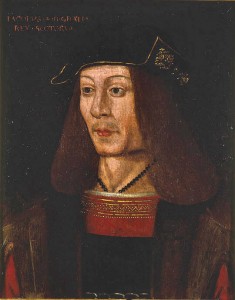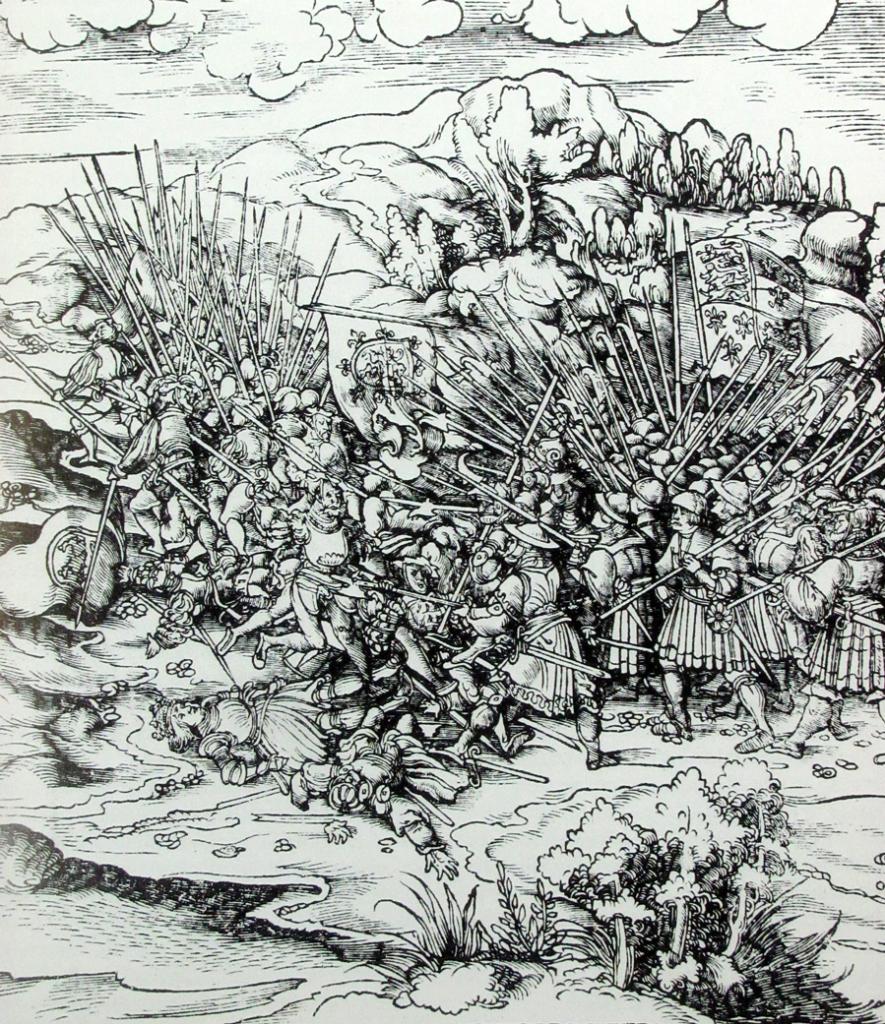Corruption of the Church

As a younger son, it was expected that Hamilton would pursue a career in the Church. It would have been natural, as Church historian the Rev. Peter Lorimer noted, for the boy to have grown up with his attention focused on Church events. The Scottish Church was, however, beset with corruption. A great deal of decay can be traced to the defeat of the Scots at the Battle of Flodden in 1513, in which the king of Scotland, James IV was killed, and which affected the Scottish Church in two respects.
The loss of a large number of Scottish nobles allowed the higher ranks of the clergy to exercise considerable political power in the aftermath of the battle, especially as the new king, James V, was a child when he took the throne. This encouraged power-struggles and factionalization amongst the senior clergy as they vied for political power.
In addition, a number of important clergy, including the archbishop of St Andrews, were killed during the battle. The resulting vacancies were pursued greedily by candidates more concerned with the financial rewards on offer than the good of the Church.
“It is a remarkable coincidence,” Lorimer argued,“that the corruptions of the Church began to be most flagrant at the very time when he [Hamilton] must have begun to make observations upon ecclesiastical affairs.”

Further Reading
Rev. Peter Lorimer, Patrick Hamilton: The First Preacher and Martyr of the Scottish Reformation, (London, 1857), pp. 15-24.